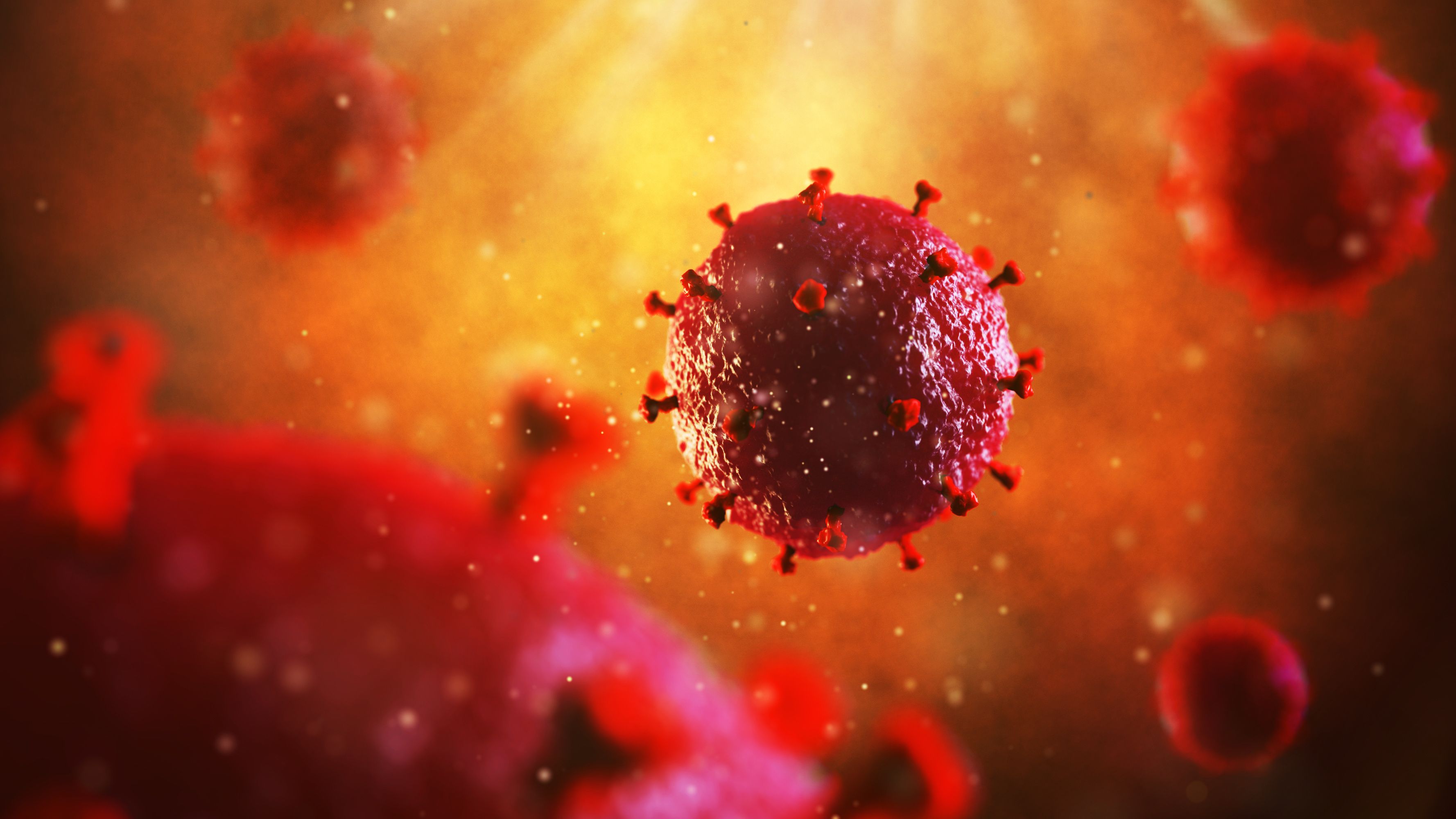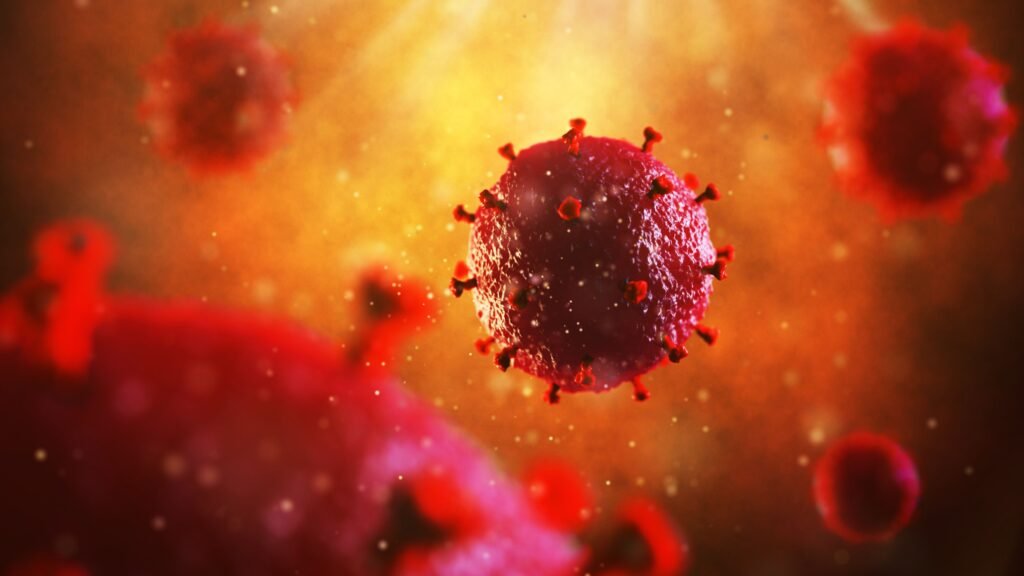Gay and bisexual men who had moved to Australia recently were less likely to be using treatment for HIV compared with those who were born in Australia, born in high-income English-speaking countries, and those who had arrived previously, according to a new study published in HIV Medicine.1 Addressing those who have recently migrated could be the key to achieving the Joint United Nations Programme on HIV/AIDS (UNAIDS) 95-95-95 goal.
The UNAIDS fast track goal consists of making sure 95% of those living with HIV are diagnosed, 95% of people diagnosed are on treatment, and 95% of those on treatment are virally suppressed by the year 2030.2 Migrant populations are susceptible to falling through the cracks of this target due to social, economic, and structural factors, including language barriers and access to health care. Australia is 1 country that has a steady immigrant population due to migrant workers. Gay and bisexual men are the primary demographic of those diagnosed with HIV in Australia, with migrant gay and bisexual men being a large demographic of those diagnosed with HIV. This study aimed to assess the association between migration status and recency arrival with engagement in care for HIV.
Migrant gay and bisexual men were less likely to be receiving care and antiretroviral therapy targeting HIV | Image credit: artegorov3@gmail – stock.adobe.com

The GBQ+ Community Periodic Surveys were used to collect data from 2019 to 2022. The database primarily includes gay and bisexual men from 7 states in Australia who were recruited during community events and online. Participants who were recruited online could be aged 16 years and older, whereas those recruited face-to-face needed to be aged 18 years or older. All participants needed to identify as gay or bisexual or have had sex with a man within the previous 5 years. Only participants who reported being diagnosed with HIV were included in the cascade analysis.
The HIV care cascade was defined as having attended a clinical HIV care appointment within the previous year, having an undetectable viral load, and being on treatment for HIV. All participants self-reported where they had been born and how long they lived in Australia. Those who had lived in Australia for less than 2 years were defined as having “recently arrived.” Age, education level, residential location, and employment were all collected from the participants. Sexual behavior within the previous 6 months was also included.
There were 2188 participants who completed the survey and were living with HIV. A total of 72.2% were born in Australia and 13.3% were born in high-income countries that spoke English; only 1.5% of the participants were recently arrived migrant gay and bisexual men. Non-recently arrived and recently arrived gay and bisexual men primarily came from Europe and Asia.
The median (IQR) age of the people living with HIV (PLWH) was 49 (38-57) years, with the recently-arrived GBM having a median age of 34 (26-40) years. Recently arrived gay and bisexual men were more likely to be students or have a university degree compared with the other groups. Only 5.1% of the PLWH reported condomless sex.
A total of 92.5% of those born in Australia reported clinical appointments, and 96.9% reported using antiretroviral therapy (ART), with 94.6% reporting viral suppression. Gay and bisexual men born in high-income countries that spoke English had similar rates, with 91.8% reporting clinic visits, 97.4% reporting using ART, and 98.9% reporting viral suppression. Those who arrived to Australia more than 2 years ago reported clinic visits in 91.8% of the group, 95.1% reported using ART, and 96.8% reported viral suppression. Those who had recently arrived experienced lower percentages in both clinic visits (90.9%) and in the use of ART (90.0%), but all recent immigrants reported an undetectable viral load.
Fewer individuals reported being born in Australia when they were not on ART compared with those on ART (67.7% vs 72.4%). PLWH who were not on ART also reported living in Australia for less than 2 years (9.5% vs 2.5%) and being born in a country that did not speak English (5.7% vs 1.3%). Those not on treatment were also younger compared with those on treatment (media age, 39 years vs 50 years).
There were some limitations to this study. Social desirability and recall biases were possible due to the self-reporting from all participants. Medicare coverage was not included in the survey. Language barriers could have made this survey difficult to fill out for the migrant population. There was a small sample of those who had recently arrived. Those who are recently migrated may also be less likely to be at community events, which could have led to an overestimation in these study results regarding level of engagement in care for HIV.
The researchers concluded that gay and bisexual men who had recently migrated to Australia were less likely to be engaged in clinical visits for care related to HIV and were less likely to be receiving ART, despite high levels of viral suppression. When thinking about the UNAIDS target goal, the authors wrote that “it is critical that we engage recently arrived migrant [gay and bisexual men], support those diagnosed with HIV in Australia to initiate ART, and follow up [with] those who have disengaged from HIV care.”
References
- Yu S, MacGibbon J, Bavinton B, et al. Associations between country of birth, migration status, and engagement in HIV care among gay and bisexual men living with HIV in Australia, 2019-2022. HIV Med. Published online February 19, 2025. doi:10.1111/hiv.13769
- Understanding fast-track: accelerating action to end the AIDS epidemic by 2030. UNAIDS Reference. June 2015. Accessed February 20, 2025. https://www.unaids.org/sites/default/files/media_asset/201506_JC2743_Understanding_FastTrack_en.pdf

